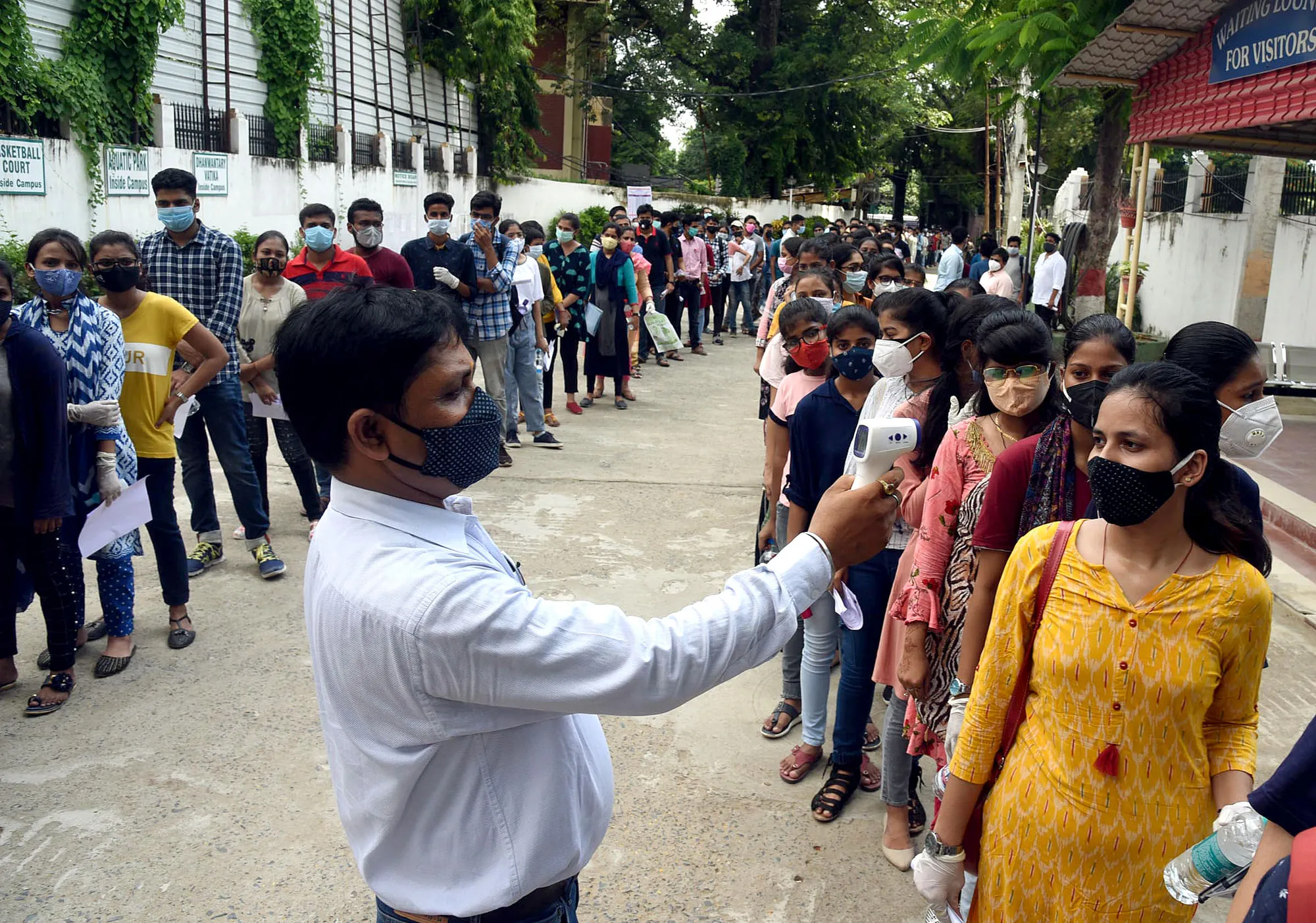Around the world, labour markets have been greatly affected by the COVID-19 shock, aching working and young class more than any other age groups. In 2020, there was almost a 9% per cent fall in the employment of youth internationally as compared to almost 4% per cent for adults.
Much evidence is there, which is based on existing country-level data, that point towards the fact that the graph of decrease in employment has been very much significant as far as underdeveloped and middle-income countries are concerned.
The year 2020 saw huge job losses among young people that decoded by and large into an upturn in idleness, contraction of economic activity, inactive labour market, and depression. The contemporary empirical alongside theoretical studies must therefore provide some possible consequences of COVID-19 on labour markets particularly India.
COVID-19 history is witness to the fact that the unemployment rate is capable of offering only a limited vision into the impact of the COVID-19 crisis on the labour market in general and young people in particular.
Accordingly, there is the need for a comprehensive assessment of labour market outcomes for youth during COVID-19 together with answering some important questions such as in the present labour market, who will be the most and the least exposed young workers if COVID-19 will continue for a long-term?
There is a real danger that COVID-19 will intensify poverty especially among young workers and increase the gap between rich and poor or broaden income inequalities, with the highest impact on factor markets (particularly, labour markets). It is high time for countries to do everything they can to avoid the labour market crisis from turning into a social evil.
Many recent research studies conclude that modernizing and restructuring a labour market that absorbs any shock or pandemic is necessary as well as sufficient conditions for sustainable labour market development. We know that the COVID-19 pandemic comes on the back of pre-existing high economic odds in general and high unemployment and underemployment in particular.
Therefore, the need of the hour is to put in place a robust and holistic plan of productive employment creation. When we generate decent paying jobs, it is not just an end in itself but is also a source of boosting aggregate demand and correcting most of the macroeconomic parameters.
The consolidation and development of employment guarantee programmes alongside adopting sound industrial policy which emphasizes labour intensive manufacturing and construction are part and parcel of such a stratagem. Concurrently, we need to broaden social security to informal labour markets so as to make their workers more confident and to make labour markets more dynamic.
In many developing countries of the world and more recently in developed countries, informal work is beyond what is seen and observed. Through temporary, casual, and contract work, it has become an outlining characteristic of labour markets now-a-days. In the world, it is India which has one of the highest shares of informal work.
It symbolizes the contemporary issues and concerns over informal workers suffering huge economic losses from the COVID-19 pandemic. No doubt, there are health and economic packages to offer instantaneous relief, measures and models that are needed to solve labour markets issues post COVID-19 and prevent the health crisis from becoming a looming and perpetual fall in the standard of living are still under debate.
The fundamental research problem is to study which economic policies are likely to be most effective in alleviating the forthcoming loss in living standards of workers in general and informal workers in particular.
Since, the vast majority of informal workers are facing livelihood insecurity as a result of COVID-19 pandemic, it has led to severe decline in the efficiency of workers and work outcomes, particularly in urban areas.
India is predominantly an agricultural economy and Jammu and Kashmir is no exception. No doubt, it provides livelihood security to the majority of the population and some relief in rural economies, urban labour markets are characterized by vicious poverty circles and debt traps.
They continue to be in crisis and the policy devices needed to address the issues are not well understood and accordingly addressed. The projects at different levels must be conducted through primary surveys to get a bottom up empathetic approach or theoretical underpinning of the value that investigators or surveyors place on different policy choices.
Dr. Binish Qadri, Assistant Professor, Department of Economics, Cluster University, Srinagar, Jammu and Kashmir, India.
Disclaimer: The views and opinions expressed in this article are the personal opinions of the author.
The facts, analysis, assumptions and perspective appearing in the article do not reflect the views of GK.






